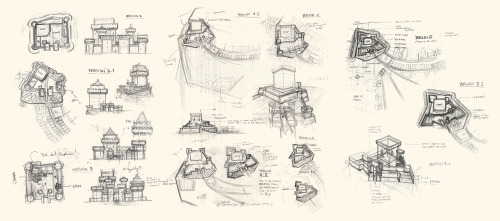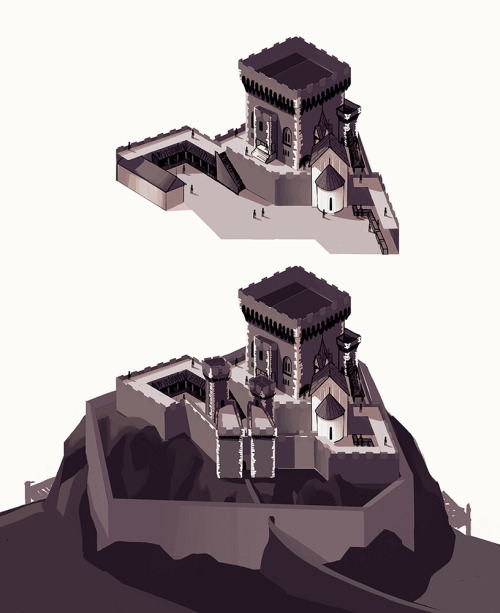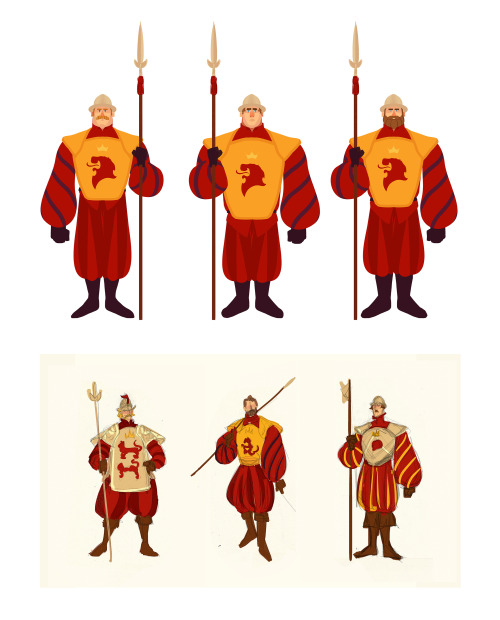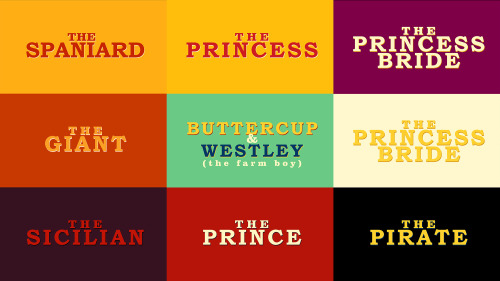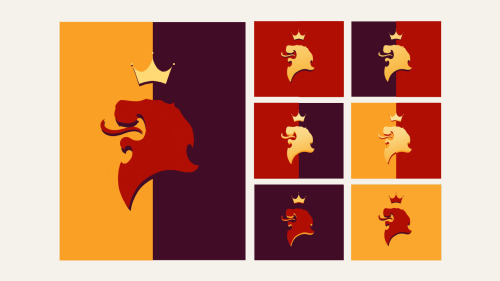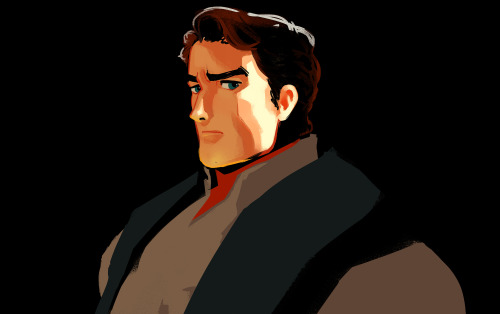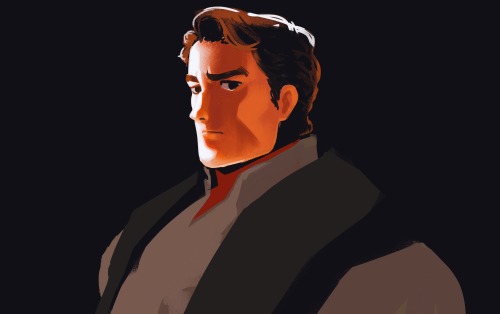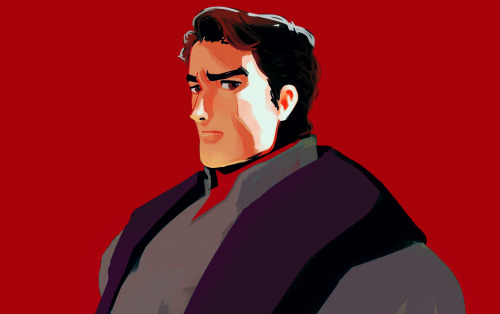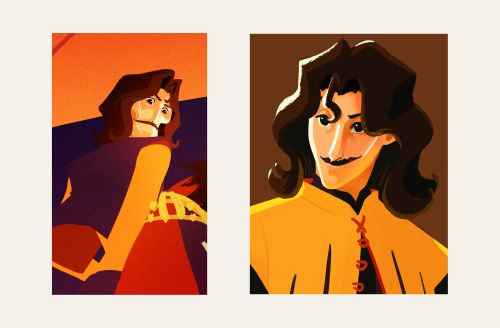#florin
Part 6/6 - The Kingdom of Florin
Part 1 - The Family|2 - Style|3 - The Sicilian Assassins|4 - Buttercup and Westley|5 - The Prince and the Count
The seat of power for the Kingdom of Florin is a Military Fortress built on top of a seaside cliff.
Instead of elegant Gothic spires which was popular during the 15th and 16th century, Florin Castle is a bulky and imposing fortress reflecting the Military nature of the country, its simple people, Buttercup’s prison-like experience, and its ruler — Prince Humperdinck.
One of the challenges I encountered for the castle design was keeping the colours saturated enough to match the palette of the project while keeping the emotional geography of “prison” in tact. Although a violet palette was explored, the red brick that is common in Northern European architecture gave a more militaristic no frills impression that is more in line with the Kingdom and its Prince.
After many sketches, I realised that a country celebrating its 500th anniversary would probably have a castle built far before the current century. So incorporating a bulkier Romanesque style Keep as the castle’s foundation is what finally made things come together and give it a solid direction. Since Florin is a Militaristic state, it would make sense for them to continually be making Military advances, so one of the Castle’s most recent evolution/natural progression is a towards a very early prototype of a Bastion Fort. This makes Florin castle the most advanced, secure, and fortified structures in the land while upping the stakes for the infiltration during the near end of the series.
Fun Fact! While looking for references of Danish Castles, I came across an old map of Kronborg Castle. (Just google “old map of Kronborg castle”, you’ll see it right away) I thought it looked super familiar and I realised that it actually looked very similar to the layout of the Map of Florin and Guilder! So I included the bonus map I was required to submit.
Post link
Part 2/6 - Adapting a Classic (Style)
Part 1 - The Family|3 - The Sicilian Assassins |4 - Buttercup and Westley |5 - The Prince and the Count|6 - Florin Castle
One of the ideas behind this project was about bridging the gap between the old and the new. I wanted to express the vibrance and colourful quality of a medieval (nearing renaissance) setting while using contemporary techniques, to appeal to a modern audience, with a nostalgic undertone.
Adding some browns to the palette also helped pushed it towards that slightly nostalgic direction. I shifted the other colours slightly, like using mustard or yellow-orange instead of just yellow, vermillion instead of just orange, and throwing in some violets, all to add that dash of quirky-ness to reflect the fun and witty tone of both the movie and the book.
Another idea is that this version would be a series. This gives us time and opportunity to see and experience the characters’ past, like in the book.
I was figuring out how light would interact with the characters while pushing the role of line. I did studies on how to make a line express form, colour, and light. From afar, the line can be reflected light, but up close the “line” expressing reflected light would spread in a stylized manner. This creates the feeling of an increase of detail when we look at something up close all while strengthening the colourful quality of the project throughout.
Post link



